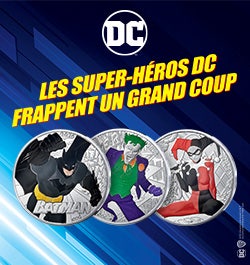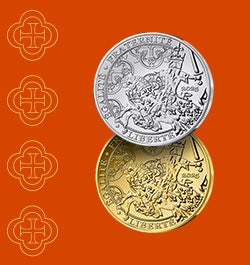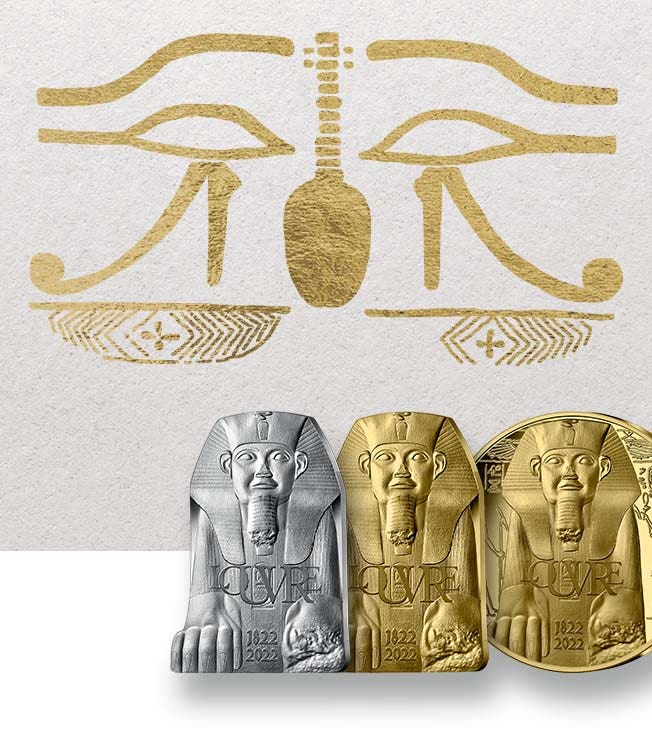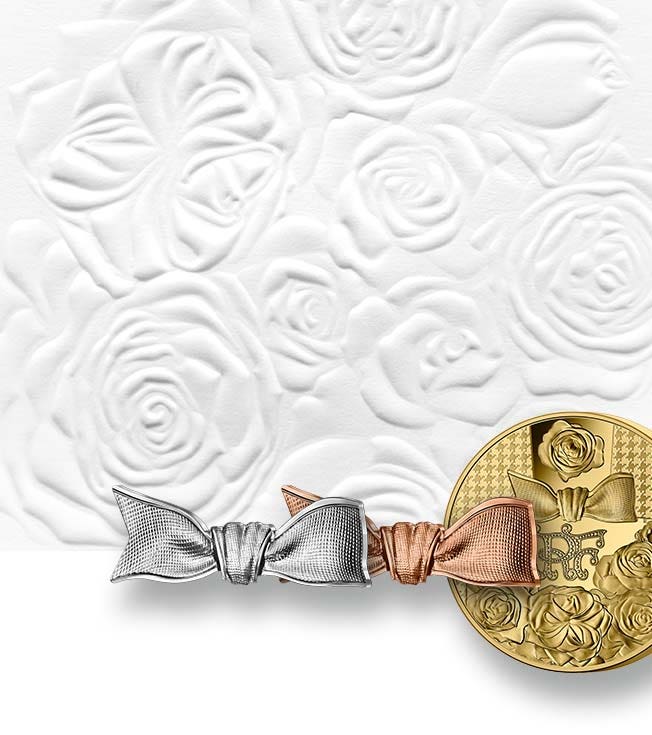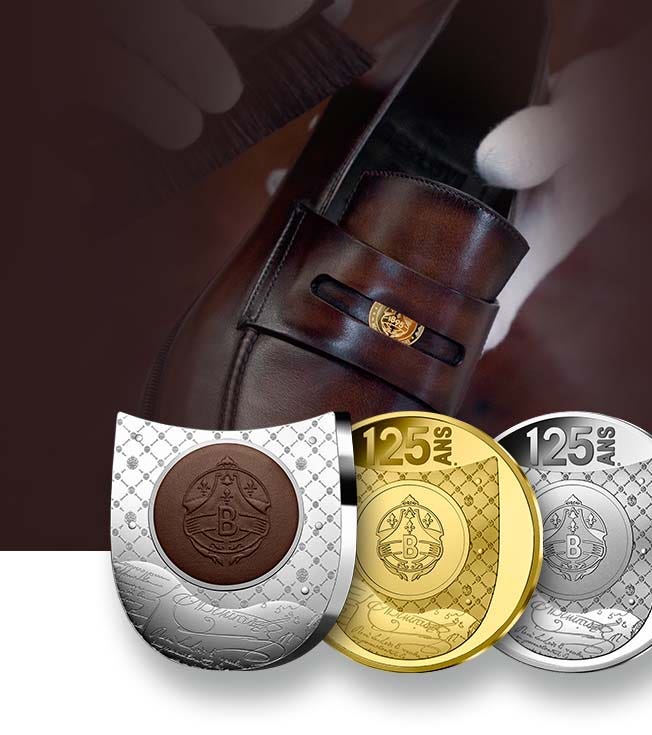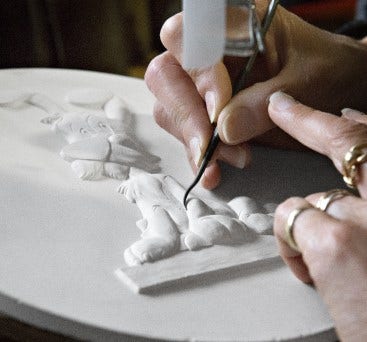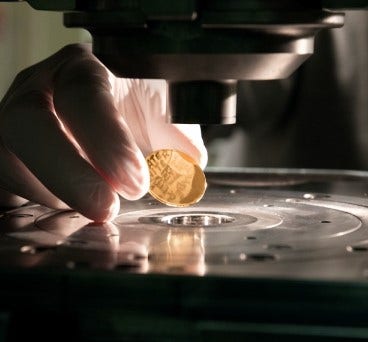To
celebrate Lacoste’s 90th anniversary, Joaquin Jimenez, the General Engraver at
Monnaie de Paris, immersed himself in the brand’s archives and imagined a
crocodile-shaped coin.
On the
obverse, the animal is holding a tennis ball in its mouth, a tribute to René
Lacoste, champion and founder of a brand that has been perpetuating its
attachment to the sport.
The gold
was crafted so that three textures could coexist: the one that characterizes
the crocodile’s skin on the head; the pattern of the piqué, Maison Lacoste
signature know-how, on the body; and the pattern of a golf ball - a sport dear
to Simone Thion de La Chaume, René Lacoste’s wife and a champion also, but on
the green - on the tail.
To bring
movement to the ensemble, the three textures are treated with different
perspectives.
Some values
Maison Lacoste holds dear are engraved above the crocodile’s back: team spirit,
passion, fair play, effort, tenacity, elegance, performance …
On the
reverse, on a sandy background evoking Roland-Garros clay courts - one of
Lacoste’s partners for more than 50 years where René Lacoste won several
competitions - lines recall those of the courts. This is where the face value
of the coin, its manufacture year as well as 1933, the year Maison Lacoste was
created, are featured.
René
Lacoste’s silhouette appears, moving on the court. He seems to be hitting the
ball caught by the crocodile, thus creating a link between both sides of the
coin.

